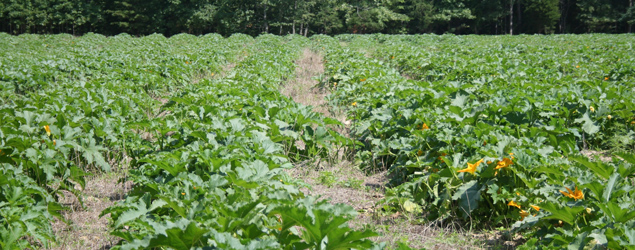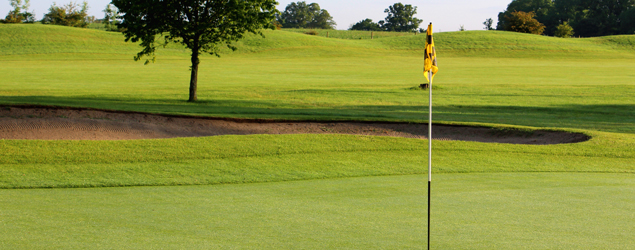Publications
Uttam Saha
http://extension.uga.edu/publications/detail.html?number=B1581
 Robert Westerfield
http://extension.uga.edu/publications/detail.html?number=C1251
Robert Westerfield
http://extension.uga.edu/publications/detail.html?number=C1251
 George Boyhan
http://extension.uga.edu/publications/detail.html?number=B1539
George Boyhan
http://extension.uga.edu/publications/detail.html?number=B1539
 Robert Westerfield
http://extension.uga.edu/publications/detail.html?number=B1011
Wesley Porter
http://extension.uga.edu/publications/detail.html?number=B894
Dennis Hancock
http://extension.uga.edu/publications/detail.html?number=B911
Robert Westerfield
http://extension.uga.edu/publications/detail.html?number=B1011
Wesley Porter
http://extension.uga.edu/publications/detail.html?number=B894
Dennis Hancock
http://extension.uga.edu/publications/detail.html?number=B911
 Kerry Harrison
http://extension.uga.edu/publications/detail.html?number=B837
Kerry Harrison
http://extension.uga.edu/publications/detail.html?number=B974
J. Moore
http://extension.uga.edu/publications/detail.html?number=B892
William Graves
http://extension.uga.edu/publications/detail.html?number=B956
Kerry Harrison
http://extension.uga.edu/publications/detail.html?number=B837
Kerry Harrison
http://extension.uga.edu/publications/detail.html?number=B974
J. Moore
http://extension.uga.edu/publications/detail.html?number=B892
William Graves
http://extension.uga.edu/publications/detail.html?number=B956
See More Publications

Microfiltration Techniques and Devices
(B 1581)
This publication covers microfiltration, which is used for physical removal of contaminants from water. It describes how these processes work, their situation-specific usefulness/applications, maintenance needed for their proper functioning, and guidance for the consumers to select the appropriate filter.

Small Market Fruit and Vegetable Farming
(C 1251)
This publication covers some of the basic information about what you may need and key considerations when developing a small fruit and vegetable farm.

An Introduction to Conservation Tillage for Vegetable Production
(B 1539)
Conservation tillage with agronomic crops (i.e., cotton, corn, soybeans, etc.) has been successful in Georgia production. Such production practices have several benefits, the most notable being the elimination of soil erosion. Other benefits include but aren't limited to increases in soil organic matter, maintaining a healthy rhizosphere (root-zone soil), reduction of riparian and waterway pollution, and water conservation.
Some examples of conservation tillage practices include no till, ridge till, and strip till. No–till production involves no tillage of field soils and leaves all of the previous crop residue on the soil surface. Ridge–till production involves building a ridge during cultivation, then scalping the ridge and sowing seed. The scalping process moves most of the previous–crop residue to the row middles, leaving a clean row for sowing. Strip–till production is when a narrow strip is tilled for each row that will be planted, leaving the row middles intact with the previous–crop residue. Strip–tillage may reduce yields if weeds in the untilled area are not killed, as these weeds will compete with the crop for water and nutrients. Although the planted row is free of previous crop residue, it may be advantageous to kill the cover crop to prevent it from competing for nutrients and water with the vegetable crop.
Growing Vegetables Organically
(B 1011)
This publication is a comprehensive guide to growing vegetables organically, including location, planning, irrigation, soil preparation, composting, fertilizers, successive planting and crop rotation, mulching and insect control.
Irrigation for Lawns and Gardens
(B 894)
In order to maintain a lush, green lawn and productive garden, supplemental water in the form of irrigation is often needed during peak water use periods. Two basic types of irrigation are suitable for the home landscape: sprinkler irrigation and drip (or trickle) irrigation. This publication contains comprehensive information about irrigating lawns and gardens.

Bermudagrass in Georgia
(B 911)
Bermudagrass (Cynodon spp.) is an important warm-season, perennial, sod-forming forage grass in Georgia and throughout the Southeast. Bermudagrass is productive from spring until fall and is well-suited for grazing or hay production. Several varieties of bermudagrass are used in Georgia, ranging from common bermudagrass to the high-yielding, good quality hybrid bermudagrasses. The best variety to use depends on your location in the state and the intended use.
Irrigation Pumping Plants and Energy Use
(B 837)
Energy inputs for irrigation pumping frequently exceed the energy used for all other crop production practices. This fact, coupled with rapidly increasing fuel and energy costs, causes irrigation farmers to look for ways to reduce energy consumption. Careful consideration should be given to selecting a pump that will deliver water to the system with the greatest possible efficiency. After installation, pump performance should be watched closely and evaluated, with steps being taken as needed to adjust, repair or replace inefficient pumping equipments.
Irrigation Scheduling Methods
(B 974)
To schedule irrigation for most efficient use of water and to optimize production, it is desirable to frequently determine the soil water conditions throughout the root zone of the crop being grown. A number of methods for doing this have been developed and used with varying degrees of success. In comparison to investment in irrigation equipment, these scheduling methods are relatively inexpensive. When properly used and coupled with grower experience, a scheduling method can improve the irrigator’s chances of success.This publication covers the working principles of currently used methods for scheduling irrigation.
Irrigating Tobacco
(B 892)
This publication is a comprehensive guide to irrigation methods for tobacco in Georgia.
Managing and Feeding Lactating Dairy Cows in Hot Weather
(B 956)
Hot and humid environmental conditions stress the lactating dairy cow and reduce intake of the nutrients necessary to support milk yield and body maintenance. In Georgia, weather conditions are sufficiently hot and humid to reduce performance of dairy cows for five months or more each year. This publication presents methods that can be used to minimize the stress on dairy cows during hot weather and enhance production during the hot summer months.
